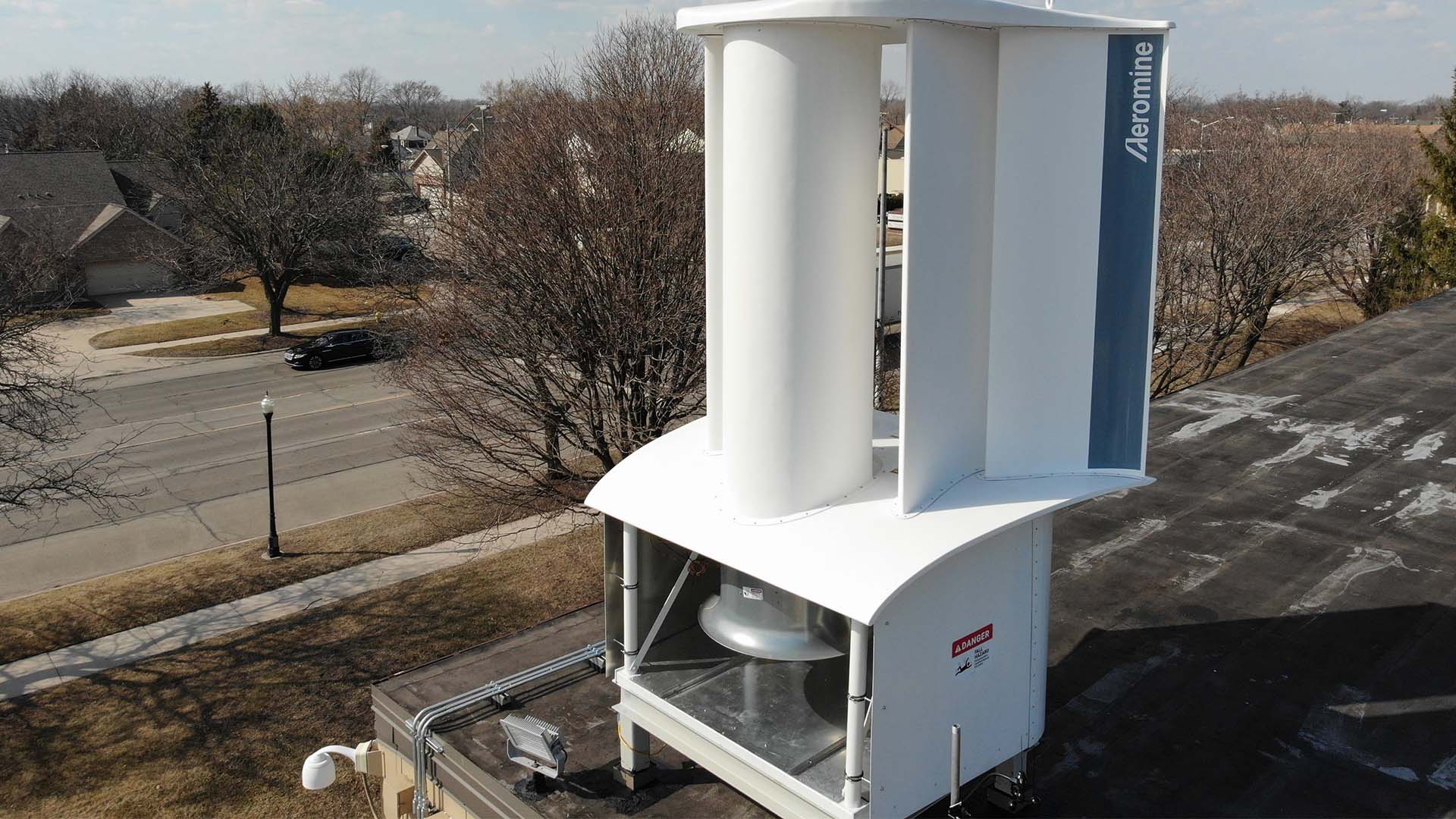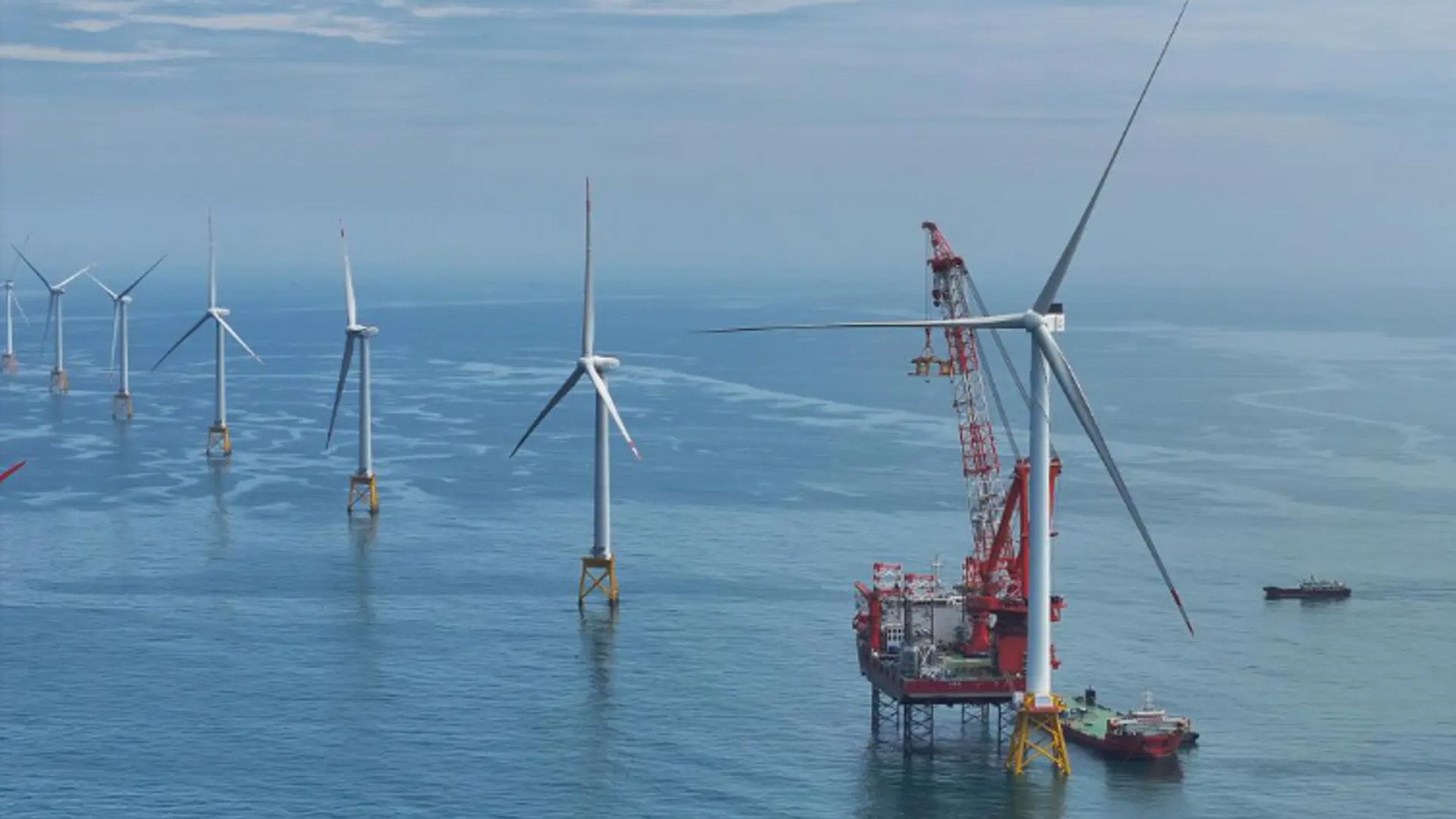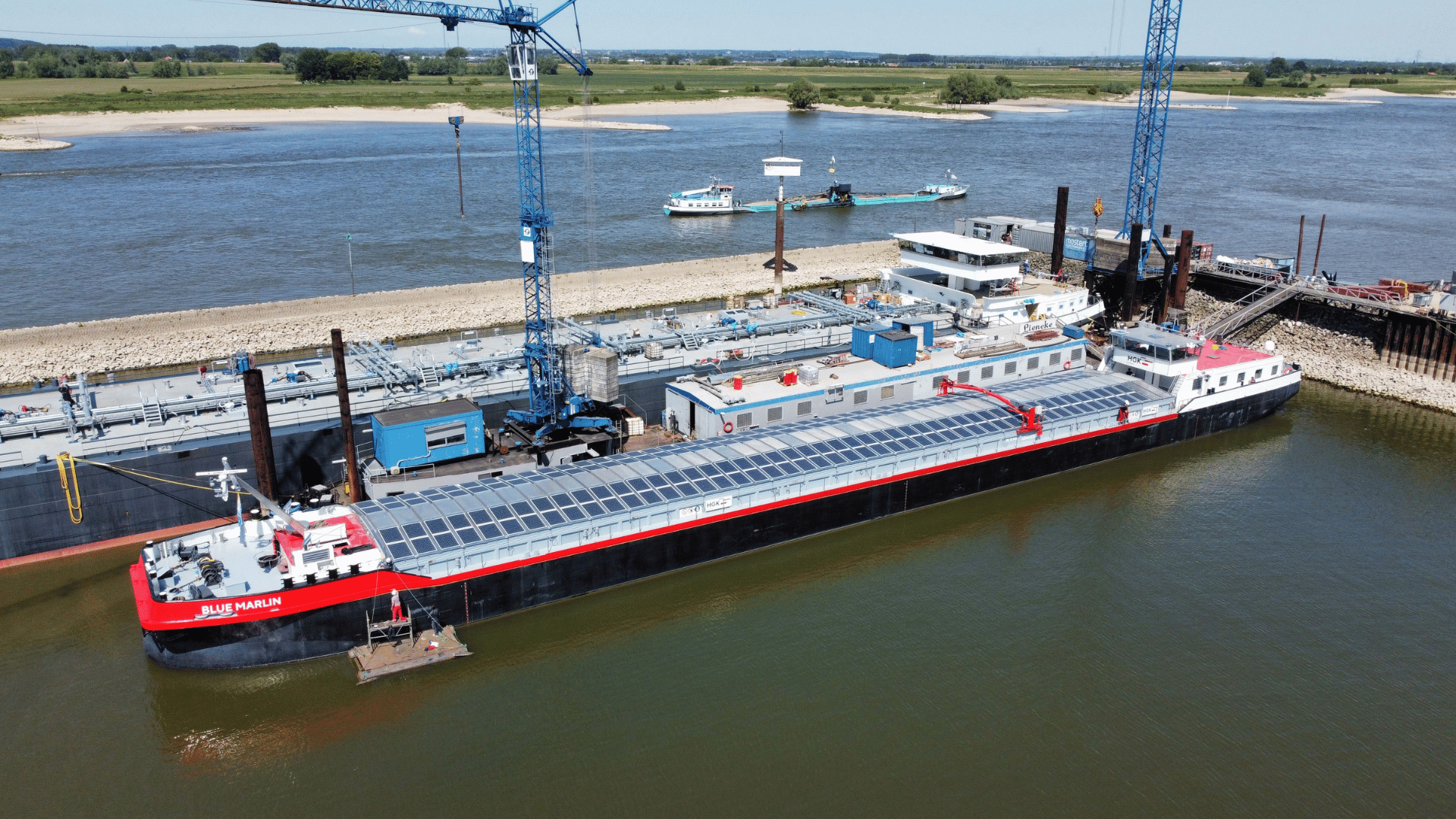Explore Tomorrow's World From Your Inbox
Get the latest science, technology, and sustainability content delivered to your inbox.
I understand that by providing my email address, I agree to receive emails from Tomorrow's World Today. I understand that I may opt out of receiving such communications at any time.
On August 21, the world’s first wind-powered cargo ship launched on its six-week-long maiden voyage from China to Brazil. The ship represents the beginning of a shift towards a more sustainable future for the shipping sector.
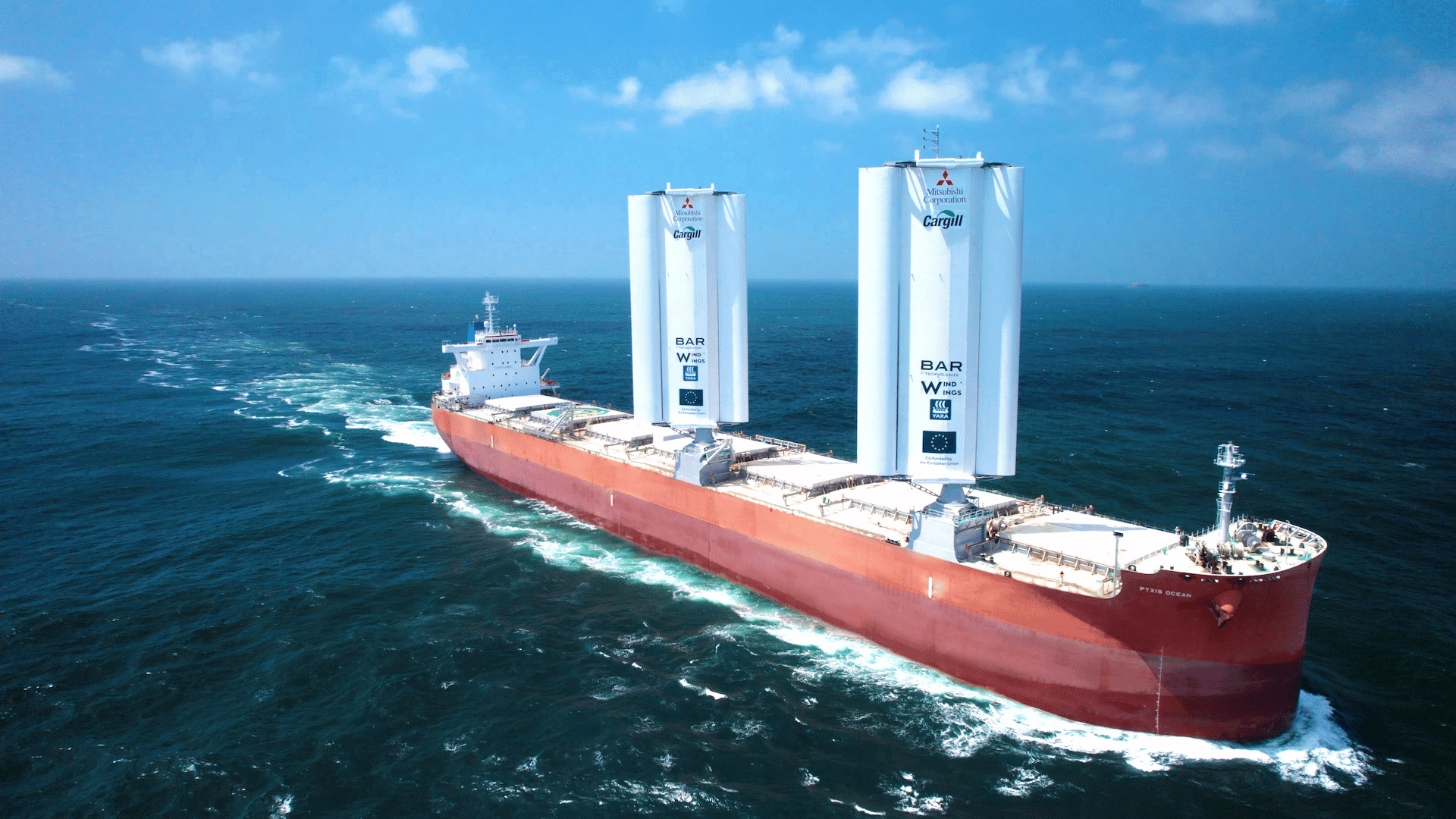
Pyxis Ocean’s Maiden Voyage
The vessel, called Pyxis Ocean, was retrofitted with two WindWings, which are large wing sails that can be fitted to the deck of cargo ships to harness wind power. The sails measure up to 123 feet and are expected to generate average fuel savings of up to 30 percent on newly built vessels. On an average global route, WindWings can save 1.5 tonnes of fuel per WindWing per day.
The WindWings, developed by BAR Technologies and manufactured by Yara Marine Technologies, will be closely monitored over the next few months to further improve their design, operation, and performance. The ship, commissioned by Cargill, will hopefully inform the scale-up and adoption of wind power across the industry. BAR Technologies and Yara Marine Technologies also plan to construct hundreds of the sails in the coming years.
As Jan Dieleman, the President of Cargill’s Ocean transportation business, said in a statement, “The maritime industry is on a journey to decarbonize—it’s not an easy one, but it is an exciting one…A technology like WindWings doesn’t come without risk, and as an industry leader…we are not afraid to invest, take those risks, and be transparent with our learnings to help our partners in maritime transition to a more sustainable future.”
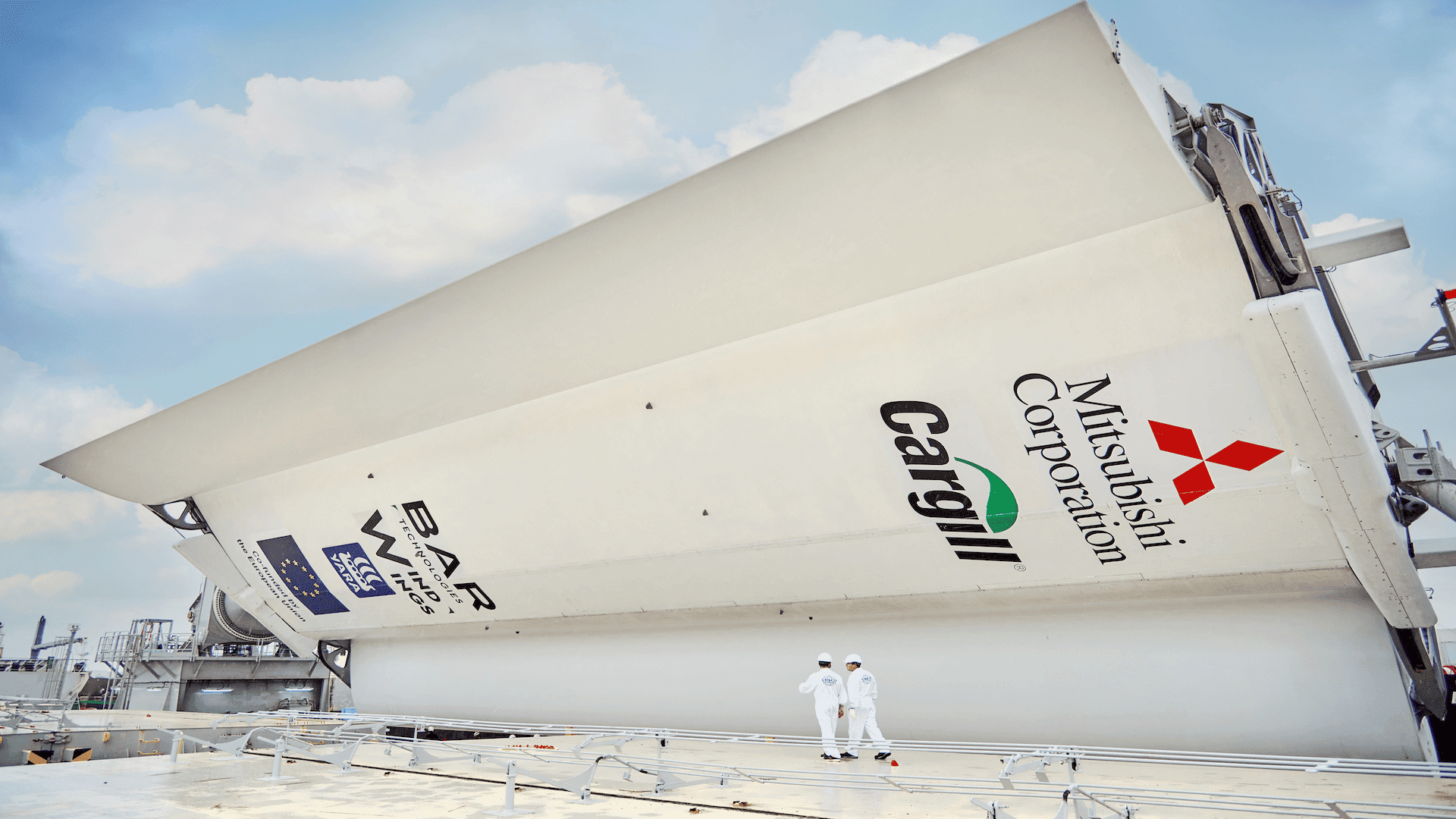
WindWings and the Shipping Sector
Wind was historically used to propel ships until the switch to steam and diesel engines occurred. The maritime industry, which currently accounts for around three percent of global CO2 emissions, is now under pressure from investors and environmental groups to accelerate decarbonization. Wind-assisted propulsion, as seen in Pyxis Ocean, could be used as a clean energy solution.
In fact, the WindWings project was co-funded by the European Union as part of the CHEK Horizon 2020 initiative. The initiative aims for zero-emission shipping by disrupting the way ships are designed and operated. Given that 55 percent of the world’s bulker fleets are up to nine years old, WindWings can decarbonize existing vessels to reduce the industry’s emissions.
John Cooper, the CEO of BAR Technologies, remains optimistic about the future of the maritime industry. As he expressed, “If international shipping is to achieve its ambition of reducing CO2 emissions, then innovation must come to the fore. Wind is a near marginal cost-free fuel and the opportunity for reducing emissions, alongside significant efficiency gains in vessel operating costs, is substantial.”





